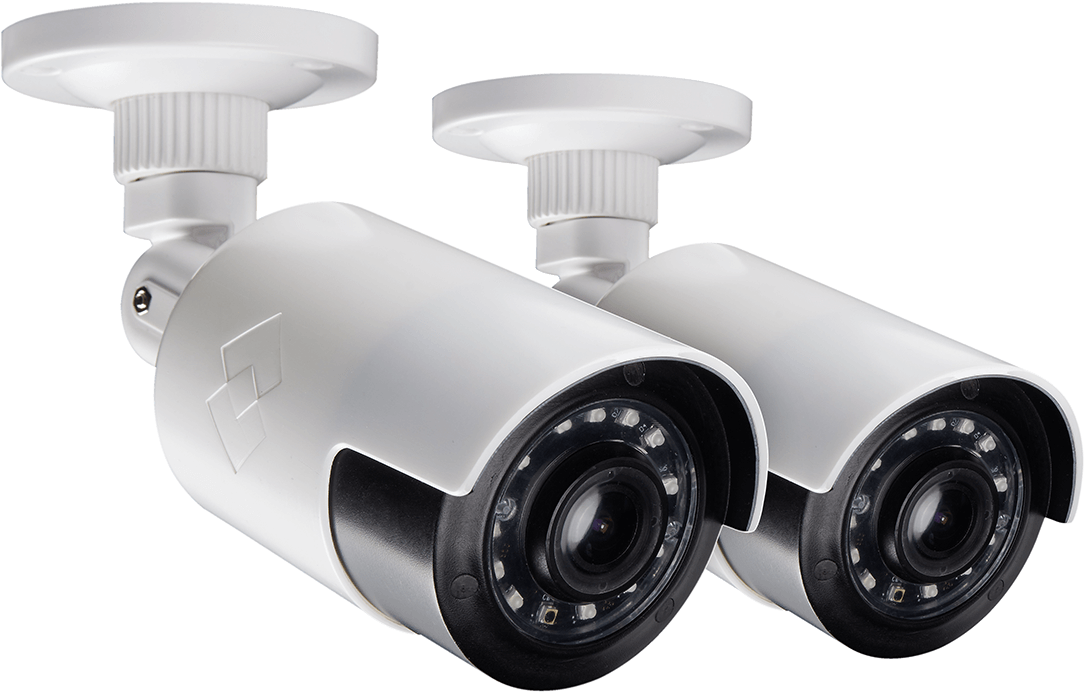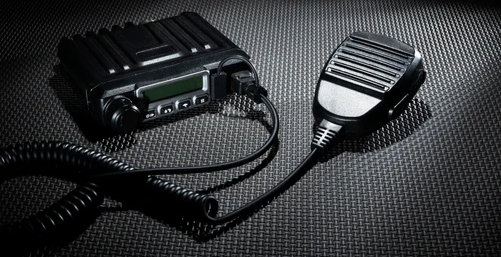Safety Products

Safety products encompass a broad range of equipment and systems designed to protect people and property from various risks. These products ensure that businesses can respond effectively to emergencies, prevent accidents, and maintain safe working conditions. Common categories of safety products include fire safety systems, personal protective equipment (PPE), surveillance and security systems, and emergency response tools.
How Siebens Can Meet Your Safety Product Needs
At Siebens, we offer a comprehensive range of safety products tailored to meet the unique demands of your business. Whether you’re looking for personal protective equipment for your workforce, advanced surveillance systems, or fire safety solutions, we can provide:
- Personalized Solutions: Our safety experts will work with you to assess your specific needs and design a safety system that fits your business.
- Quality and Reliability: All of our safety products meet industry standards and are designed to provide long-lasting protection.
- Advanced Technologies: We stay ahead of the curve by offering the latest in smart safety technologies, from AI-powered surveillance to wearable PPE.
- Ongoing Support: Siebens provides training, maintenance, and support to ensure that your safety systems remain effective and up to date.
Types of Safety Products
Industrial Safety Equipment: This category includes safety products used in industrial environments where workers may face a variety of physical, chemical, or mechanical hazards. Examples include:
- Hard Hats and Steel-Toed Boots: To protect against impacts and falling objects.
- Earplugs and Ear Muffs: To reduce noise exposure in loud work environments.
- Chemical-Resistant Suits and Gloves: To protect workers handling hazardous substances.
Fire Protection Systems: Fire protection involves both prevention and response systems designed to mitigate the risk of fire. Examples include:
- Fire Suppression Systems: These are often installed in commercial kitchens or areas with flammable materials to quickly extinguish fires.
- Fireproof Safes and Cabinets: Used to store sensitive documents or materials that need to be protected from fire damage.
Security and Surveillance Systems: These systems ensure the physical security of your business by monitoring premises, controlling access, and alerting authorities in the event of a breach. Examples include:
- IP-Based Surveillance Systems: Offer high-definition video monitoring with internet-based access, allowing remote management of security cameras from anywhere.
- Biometric Access Controls: Using fingerprint or facial recognition technology to secure sensitive areas within a business.
Health and Safety Products: In addition to PPE, this category includes items that support the health and safety of employees in daily operations, such as:
- Anti-Fatigue Mats: Placed in work areas to reduce strain on workers who stand for long periods.
- Safety Signage: Provides clear visual cues about hazards, such as “Wet Floor” signs or chemical hazard labels.
Modern Safety Technologies
Smart PPE: Smart PPE integrates sensors and connectivity into traditional safety gear, allowing real-time monitoring of workers’ health and safety. For example, smart helmets or vests can detect excessive heat, fatigue, or hazardous exposure and send alerts to supervisors.
AI-Powered Security Systems: Artificial intelligence (AI) is transforming security systems by enabling cameras to analyze video footage for suspicious activity automatically. These systems can detect anomalies such as unauthorized entry or unattended objects and notify security personnel instantly.
Wireless Fire Detection Systems: These systems use wireless communication between smoke detectors and control panels, making them easier to install and maintain, especially in large or multi-building facilities.
Wearable Health Monitors: For industries where workers are exposed to extreme environments (e.g., high temperatures, heavy lifting), wearable monitors track key health indicators like heart rate, temperature, and stress levels to ensure worker well-being.
Examples of Safety Products in Use
Construction Sites with PPE and Fall Protection: Construction is one of the most hazardous industries, and safety products are critical to minimizing risks. Workers typically wear hard hats, safety goggles, gloves, and steel-toed boots to protect against falling debris, sharp objects, or accidental impacts. Fall protection systems, such as harnesses and safety nets, are also essential for workers operating at heights.
Manufacturing Plants with Fire and Chemical Safety: In manufacturing facilities, fire hazards and chemical exposure are significant concerns. Fire suppression systems, such as sprinkler systems and fire extinguishers, are installed throughout the plant. Workers handling chemicals are equipped with respirators, chemical-resistant clothing, and emergency showers for decontamination.
Hospitals with Emergency Response and Health Monitoring: Healthcare environments must maintain high safety standards. Hospitals use first aid kits, AEDs, and emergency response carts to ensure they can quickly respond to any health emergencies. Staff members are also required to wear PPE, such as gloves, masks, and gowns, to protect against infectious diseases.
Corporate Offices with CCTV and Access Control Systems: Security is a priority for corporate offices, where valuable data and equipment must be protected. CCTV cameras monitor activity throughout the premises, while access control systems restrict entry to sensitive areas like data centers or executive offices. In addition, fire alarms and sprinkler systems ensure a swift response in case of fire.
Retail Stores with Surveillance and Theft Prevention: Retail stores use CCTV systems to monitor customer activity and prevent theft. In many cases, stores also use EAS (Electronic Article Surveillance) systems, which trigger alarms if an item leaves the store without being deactivated.








